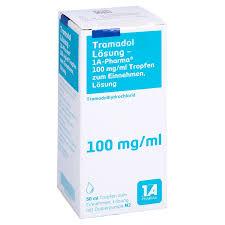Unpacking Tramadol: Pain Relief or Risky Affair?

Introduction to Tramadol
Tramadol is a prescription medication used to manage moderate to moderately severe pain. As a centrally acting analgesic, it has gained popularity in clinical settings due to its effectiveness and relatively lower risk of addiction compared to traditional opioids. However, concerns have risen regarding its safety and potential for misuse, making it crucial for both patients and healthcare professionals to understand its effects.
Details about Tramadol
Tramadol works by binding to the brain’s opioid receptors and inhibiting the reuptake of serotonin and norepinephrine, leading to pain relief. It is often prescribed after surgeries or for chronic pain conditions. Despite being classified as a Schedule IV controlled substance in many countries, tramadol has been associated with various side effects, including dizziness, nausea, and in some cases, seizures. Recent studies indicate that rapid increases in dosage can lead to dependence, raising alarms among medical professionals.
Recent Developments and Concerns
In the past year, several health organisations have issued new guidelines regarding tramadol prescriptions. The NHS, for instance, has recommended caution in prescribing tramadol to patients with a history of substance misuse or those concurrently using other sedative medications. Additionally, public health campaigns have highlighted cases of tramadol misuse, urging both patients to be vigilant and prescribers to perform thorough assessments before issuing prescriptions.
Conclusion: The Future of Tramadol Usage
As tramadol continues to be a key player in pain management, it faces a dual challenge: balancing effective pain relief with the risk of dependence and misuse. The surge in awareness around its implications is vital for educating patients regarding its benefits and risks. Healthcare providers are encouraged to monitor their patients closely and explore alternative pain management therapies when necessary. Overall, while tramadol can be a useful tool in pain management, the focus must remain on ensuring patient safety and understanding the potential pitfalls associated with its use.
